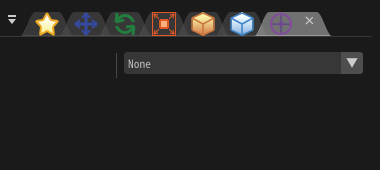Force Field (Local)¶
Overview¶
It specifies an effect that gives power from outside the particles.
Parameters¶

"Force Field (Local)" window
Force Field¶
It can specifies up to three types of force fields.
None¶
No additional external forces will be applied to the particles.
Turbulence¶
It gives power with a turburence.
Random Seed¶
The flow of turbulence changes according to the value.
Field scale¶
Larger value increases the turbulence width.
Strength¶
The strength of turbulence on particles.
Complexity¶
Larger value complicates turbulence. However, processing becomes heavy.
Force Field(1.4)¶
These are implemented before version 1.4.
Set parameters that control forces applied to particles that are independent of the position and angle of the parent particle. These parameters move the particles after the parent particle and child particle position changes have been applied.
None¶
No additional external forces will be applied to the particles.
Gravity¶
Apply acceleration in one direction. It can be applied not only to the bottom but also to the top and the right.
Attraction (if point is set)¶
The particle moves towards the position specified under "Point of Attraction" in the "Behavior" window.

Attraction¶
This is the rate of acceleration towards the target position per frame.
Resistance¶
This is the rate that the angle of motion is adjusted towards the target direction per frame. It takes a value between 0.00 and 1.00.
Minimum Range¶
This is the attenuation start distance of attraction.
Maximum Range¶
This is the attenuation end distance of attraction. When the position of the particle is in the range from 0 to the minimum range, the attraction is 100%. If it is farther than the maximum range, the attractive force becomes 0%. If it is between the minimum range and the maximum range, the attraction force interpolates linearly.